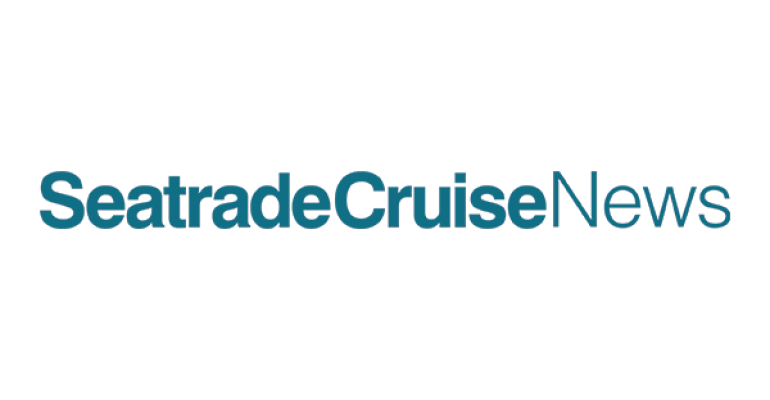One example is the walrus guideline at www.tinyurl.com/n9wzeex. With the new funding, this will be followed by approximately seven additional guidelines about mammals and birds. These will include general facts about the species, photos and information about how to behave around the animal in order to prevent a negative impact.
AECO’s new wildlife guidelines will be developed by a committee consulting the best available written sources and experts on the specific animals. According to AECO executive director Frigg Jørgensen, the work will be initiated as soon as possible and the project group will aim to have the new guidelines finished and published in 2016.
Since AECO was established in 2003, the organization has been working for responsible, environmentally friendly and safe tourism in the Arctic. To achieve this AECO has developed a number of tools, standards, systems and routines. Among those, AECO guidelines play a central role.
Members are committed to follow guidelines related to operations, visitors, preventing the spread of non-native species and site-specific guidelines (currently 20 of these are in place in Svalbard) in addition to the wildlife guidelines.
All the guidelines are at www.aeco.no/guidelines.
Copyright © 2024. All rights reserved. Seatrade, a trading name of Informa Markets (UK) Limited. Add Seatrade Cruise News to your Google News feed.


